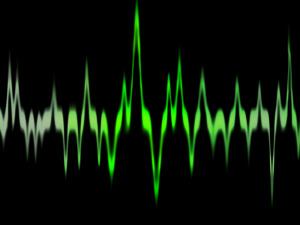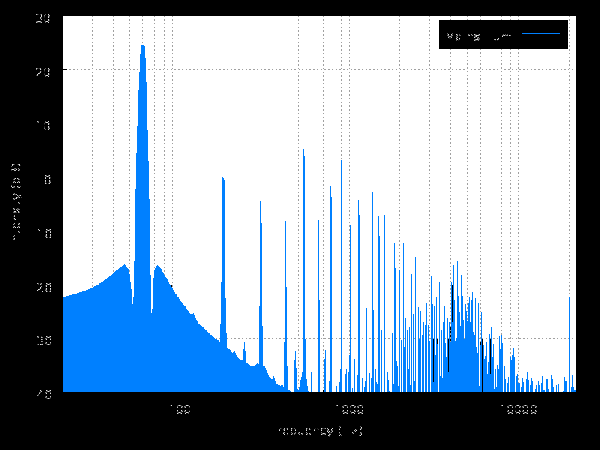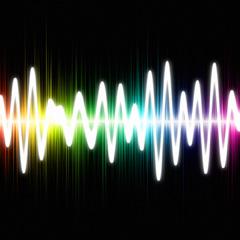Language
EQ
-
Tech Tips: Using EQ To Remove 60-Cycle Mains Hum
If you haven't already experienced this type of noise before, you have more than likely heard about it. The dreaded 60-cycle hum. While it is particularly unpleasant on stage, the last thing you want is for it to creep up during a recording, especially on an otherwise great take. Luckily, there are ways to combat hum with equalization. While many audio editing programs come with plugins that help eliminate this hum, not all of them do. Thankfully, you can tackle this little hiccup with a bit of your own EQ work. Continue reading → -
Gates, Equalizers, Compressors and Expanders
Check out our Signal Processing section for the best deals on gates, compressors and more! (Pictures Above: The ART MX622) In order to get the most out of your recording software or effects units, you’re going to need to know the ins and outs of what they can bring to the table. Two of these such tools are Gates... -
EQ Frequency Range Tips
[caption id="attachment_2136" align="alignright" width="300"] ProAudioLand has got you covered with a few tips on when and where to apply EQ![/caption]
If you’re going to get into recording, you’re going to have to know your EQ – there’s just no way around it. Worse yet, there’s no real hard and fast rules when it comes to proper EQing. Much like writing music itself, EQing has to be felt out by ear to hear what sounds best along with a healthy dose of trial and error. It’s a game of observation and tweaking. But it’s not all bad; there are certainly a few general guidelines that will send you towards the right direction. So, if you don’t know your 50Hz from your 500, read on because ProAudioLand has got you covered with a few tips on when and where to apply EQ!
Starting with the lowest common frequency, the 50Hz-60Hz range, this is where your bass gets that deep rumble. Need some thickness on that kick drum? Want a bass line that your audience will literally feel beneath their feet? It all resides in this range. Essentially, you’ll want to boost the 50Hz-60Hz range in order to thicken up deep bass and bass drum parts. Conversely, you also want to make sure that your vocals do not hit anywhere near this frequency as this is usually a sign of those unwanted microphone pops. Continue reading →
ProAudioLand has got you covered with a few tips on when and where to apply EQ![/caption]
If you’re going to get into recording, you’re going to have to know your EQ – there’s just no way around it. Worse yet, there’s no real hard and fast rules when it comes to proper EQing. Much like writing music itself, EQing has to be felt out by ear to hear what sounds best along with a healthy dose of trial and error. It’s a game of observation and tweaking. But it’s not all bad; there are certainly a few general guidelines that will send you towards the right direction. So, if you don’t know your 50Hz from your 500, read on because ProAudioLand has got you covered with a few tips on when and where to apply EQ!
Starting with the lowest common frequency, the 50Hz-60Hz range, this is where your bass gets that deep rumble. Need some thickness on that kick drum? Want a bass line that your audience will literally feel beneath their feet? It all resides in this range. Essentially, you’ll want to boost the 50Hz-60Hz range in order to thicken up deep bass and bass drum parts. Conversely, you also want to make sure that your vocals do not hit anywhere near this frequency as this is usually a sign of those unwanted microphone pops. Continue reading → -
Tips On Proper EQing
Hands down – one of the toughest things for those new to the world of home DIY recording has to be equalization. It’s an extremely useful tool that is too often either overused or used incorrectly. The reason for this I found is that before one can truly understand and master the art of proper equalization they need to start... -
Acoustic Guitar and EQ
Whether your acoustic guitar track is going to be at the forefront of the song such as in an acoustic vocal demo or simply the rhythm section of a full on rock track, properly mixing your guitar not only ensures that it will sound nice and balanced on its own, but also helps it blend well with the rest of...


